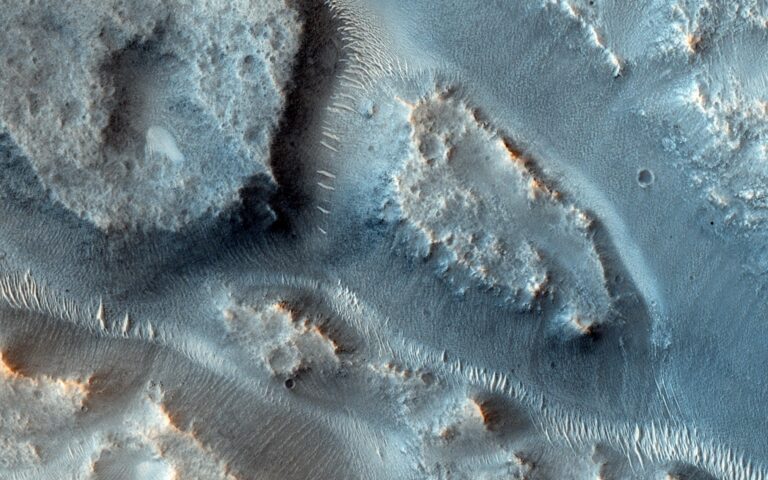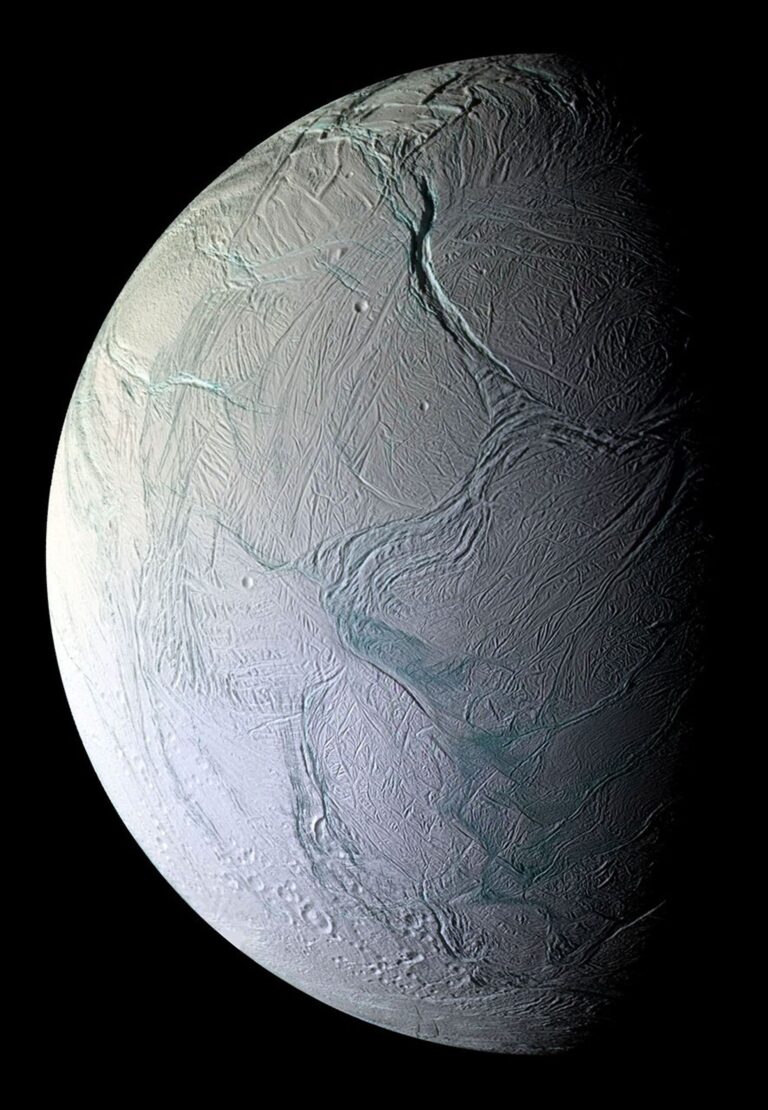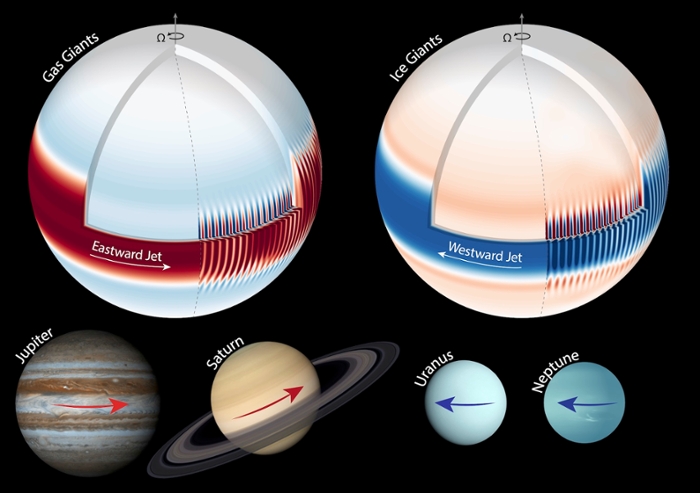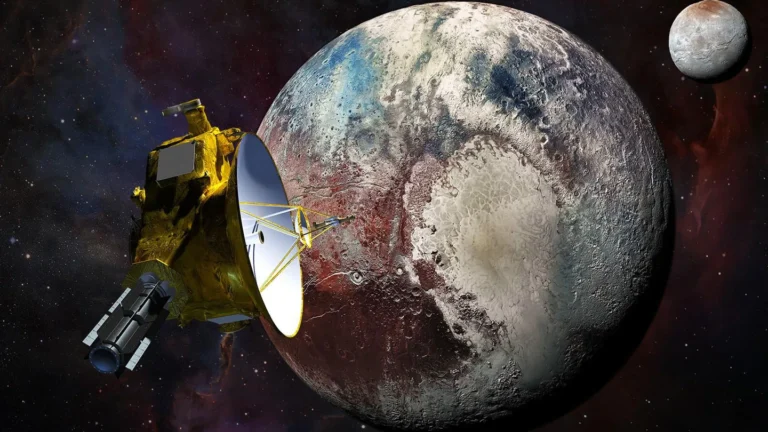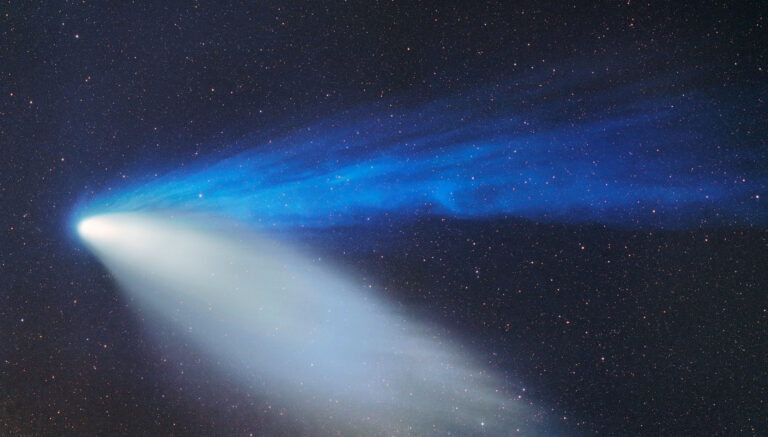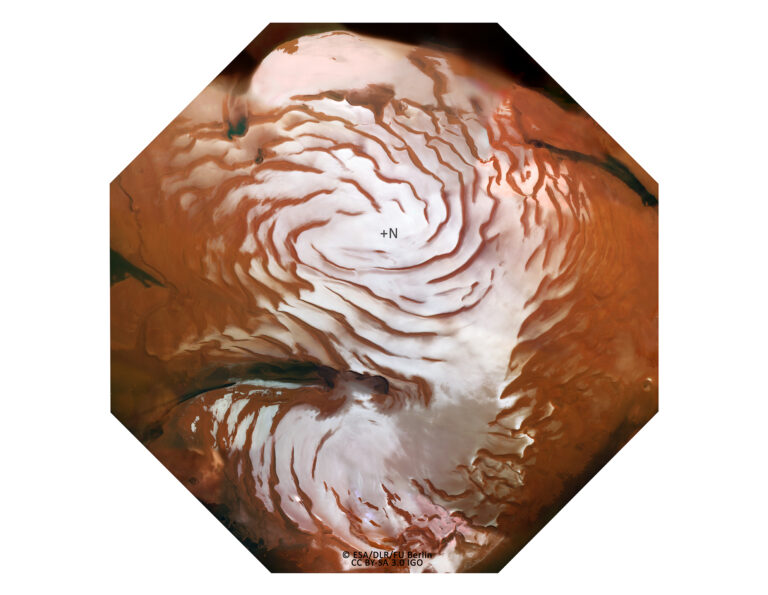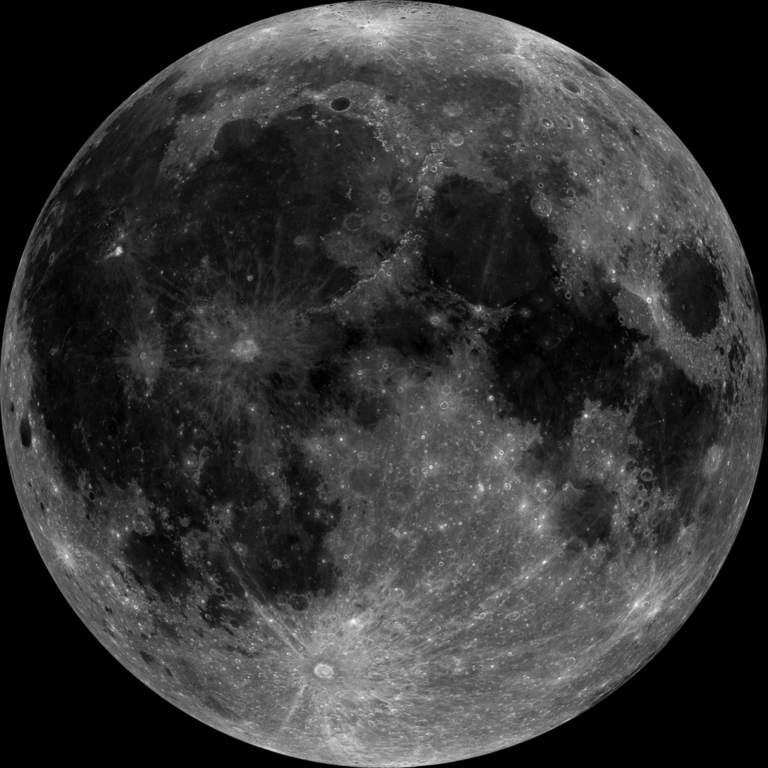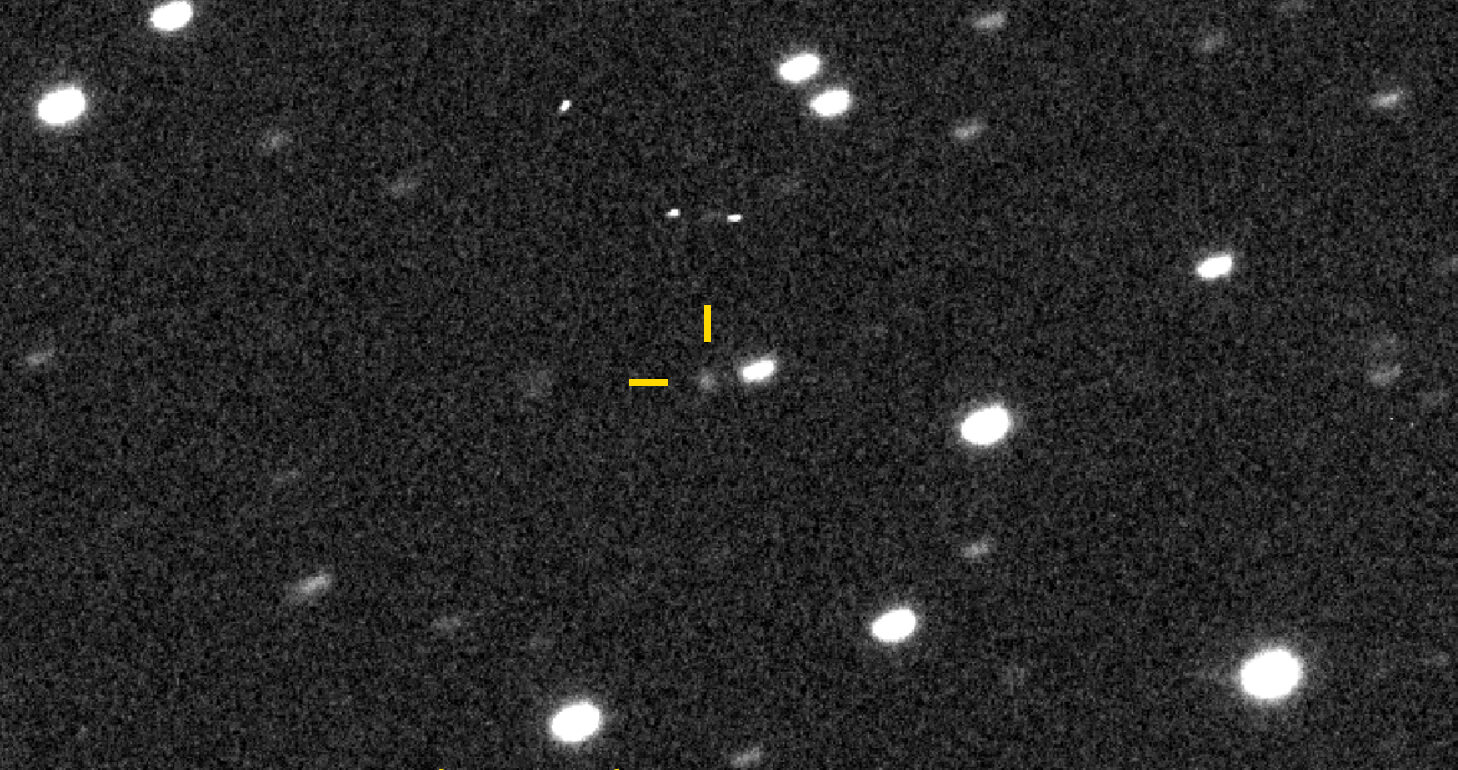
Key Takeaways:
- 3I/ATLAS is an interstellar object, originating outside our solar system.
- It's traveling much faster than previously observed interstellar objects.
- Scientists believe it may have formed in a different, older part of our galaxy.
- Observations are crucial before the Sun's heat alters its composition.
Astronomers have spotted an object from outside our solar system bolting toward the Sun at around 150,000 mph (240,000 km/h). The big, frozen ball of ice and dust presents a rare chance to study an object that formed around an alien solar system, and potentially much earlier in the Milky Way’s history.
The object named 3I/ATLAS — “3I” because it’s the third interstellar object detected so far, and “ATLAS” in honor of the system of telescopes that revealed it, the Asteroid Terrestrial-impact Last Alert System. Because the object is also showing tentative signs of cometary activity, it has also been designated C/2025 N1 (ATLAS).
“At first, it looked like a completely garden-variety near-Earth asteroid,” said Larry Denneau, an astronomer at the University of Hawaii and ATLAS co-principal investigator. “There was no indication initially of its interstellar origin.”
By carefully measuring its trajectory and speed, astronomers determined that 3I/ATLAS must have come from beyond our solar system.
“Normal gravitational attraction to the Sun can’t produce something that fast,” Denneau said. It’s possible for objects to be slingshotted to higher speeds if they make close approaches to planets, but “if you rewind its trajectory, we don’t see any planetary encounters.”
A rare interstellar object
Astronomers have previously detected only two objects from interstellar space: 1I/ʻOumuamua and 2I/Borisov.
3I/ATLAS is moving much faster than either of the previously detected objects, and it’s also approaching from a different direction in the galaxy — near its center, in the constellation Sagittarius. “That suggests it may have originated in a very different environment,” said Chris Lintott, an astronomer at the University of Oxford, who was not involved in the discovery.
The object’s trajectory and speed suggest that 3I/ATLAS may have come from our galaxy’s thick disk — a more ancient stellar population that surrounds the thinner disk where our Sun resides. Stars and other objects from the thick disk often have different chemical compositions than those in our neighborhood, which suggests the object may be richer in ice and water.
Scientists are also trying to pin down the object’s size, which is proving tricky.
“With just a couple of days of observations, we’ve been debating whether it looks bright because it’s large — maybe 10 to 20 kilometers across — or because it’s showing early signs of cometary activity,” Lintott said. It may be shedding material that forms a shroud around it, making it appear larger than it really is. “It now seems like the latter,” he said.
As 3I/ATLAS journeys closer to the Sun, it may develop into a full-fledged active comet, which would allow scientists to study the gas coming off the surface and maybe see the surface itself. “You can guess some things about the composition based on the color,” Lintott said.
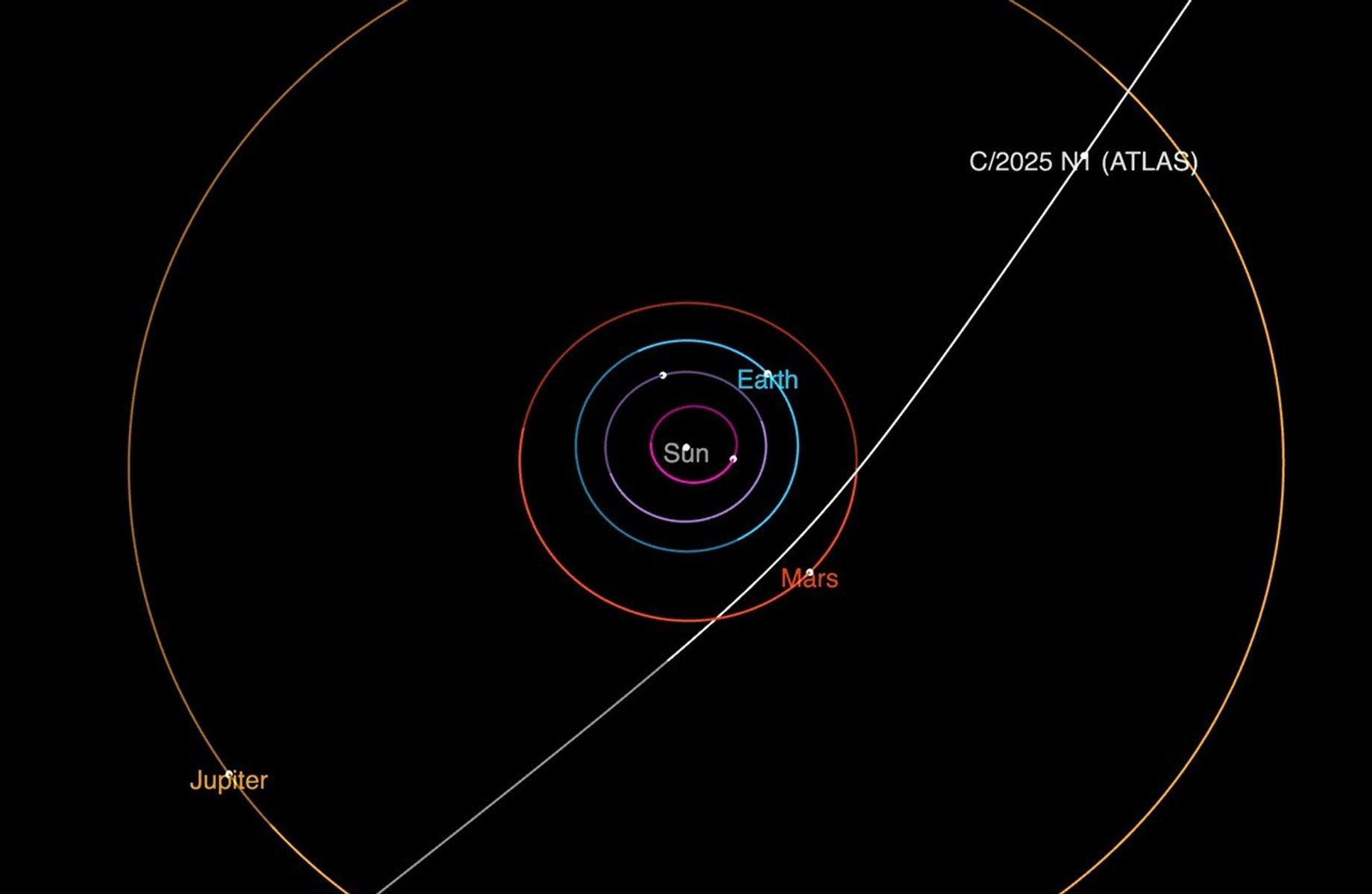
Time is of the essence. “We want to get observations as quickly as possible because right now the object is pristine,” Lintott said. “But it’ll be baked as it makes its way toward the Sun,” making its closest approach this October. It will venture just inside Mars’s orbit, remaining well out of Earth’s path.
Unsolved mysteries
Some of the most compelling things about the interstellar object may be forever out of reach — including its exact origins. “The dream is that we would like to be able to trace an interstellar object back to a particular star,” said Lintott. “But they may have been wandering for billions of years, so it’s not so simple.”
While their histories may be murky, prospects for studying these visitors from interstellar space are bright.
Since the discovery of the first interstellar visitor, ʻOumuamua, “everyone is working much harder to find them and we have tools set up to quickly establish an orbit and mobilize teams of observers to characterize them,” said Karen Meech, an astronomer at the University of Hawaii who played a key role in analyzing ʻOumuamua. And, she added, when the Vera C. Rubin Observatory begins its survey of the southern sky later this year, “we are likely to increase the frequency of discovery significantly.”

